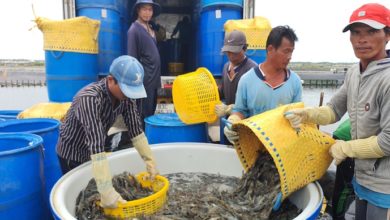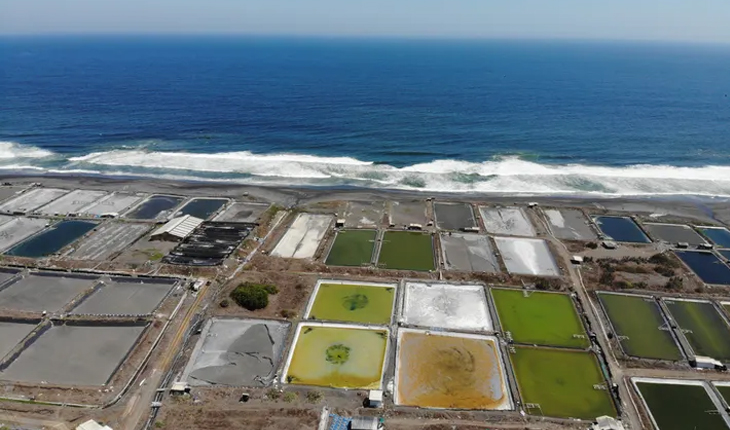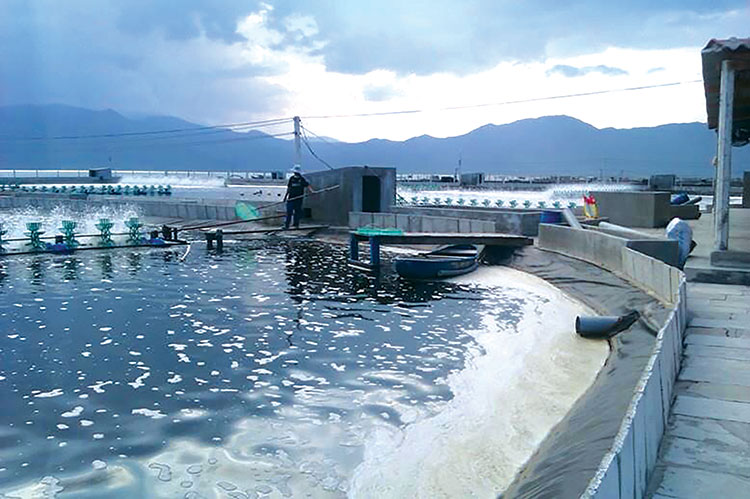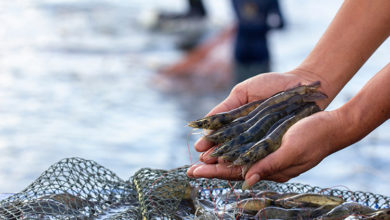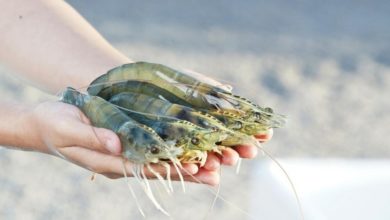Mitigating disease risks with spotted scat farming
In the face of climate change, farming spotted scat (Scatophagus argus) has emerged as a sustainable and profitable alternative for farmers, significantly reducing concerns over disease outbreaks.
At the beginning of 2024, the Quang Tri Agricultural Extension Center introduced a model for commercial spotted scat farming in Nam Son Village, Trung Giang Commune, Gio Linh District, spanning a total area of 1 hectare.
Hoang Duc Hieu, one of the participants, explained that his ponds were previously used for whiteleg shrimp farming. However, persistent water pollution and frequent disease outbreaks often led to crop failures.
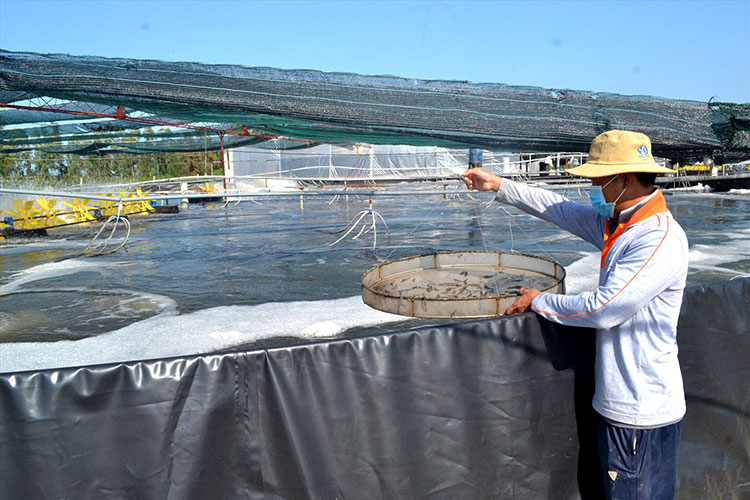
Through this initiative, Hieu received support in the form of technical guidance, seed stock, and feed. On his 0.5-hectare pond, he prepared the area and treated the water using methods similar to shrimp farming. He then stocked 15,000 spotted scat fingerlings, each measuring 4 – 6 cm. The fish were fed floating industrial pellets with a 40% protein content twice daily, in the early morning and late afternoon. Feed was distributed across multiple areas of the pond to prevent competition among the fish.
After 10 months of farming, the survival rate was approximately 90%, with the fish averaging 4 – 5 per kilogram and yielding over 2.5 tons. With a market price of about 350,000 VND per kilogram, the model generated a net profit of nearly 400 million VND.
Hieu noted that spotted scat is easy to farm and relatively disease-resistant, but farmers must monitor weather conditions closely and adopt appropriate care practices. Key environmental factors, such as pH and salinity levels, should be regularly checked to ensure they remain within optimal ranges. Ponds with muddy bottoms are ideal for spotted scat, and maintaining a water depth of at least 1.5 meters, along with aeration systems, helps sustain adequate dissolved oxygen levels.
Periodic monitoring of fish growth is crucial to adjusting feeding rates appropriately. Overfeeding should be avoided, as it not only wastes feed but can also pollute the water and increase the risk of disease outbreaks.
“Spotted scat is in high demand and fetches a good price. It’s a new aquaculture species that offers sustainable economic returns, particularly for shrimp ponds that have struggled with frequent disease outbreaks,” Hieu remarked.
Phan Van Phuong, Deputy Director of the Quang Tri Agricultural Extension Center, highlighted that shrimp farming has faced significant challenges in recent years, including disease outbreaks, natural disasters, and high risks, leading some farmers to abandon their ponds. Transitioning to other species, as well as rotating or intercropping valuable brackish water fish, offers a way to mitigate risks.
The spotted scat farming model has demonstrated strong growth and adaptability in former shrimp farming areas that were prone to diseases. However, since spotted scat requires a longer cultivation period, ponds should be located in elevated areas unaffected by tidal surges or flooding.
Spotted scat can be farmed either intensively or intercropped with other species, such as shrimp, crabs, or other brackish water fish. However, intensive farming yields faster growth and greater economic benefits.
VFM


